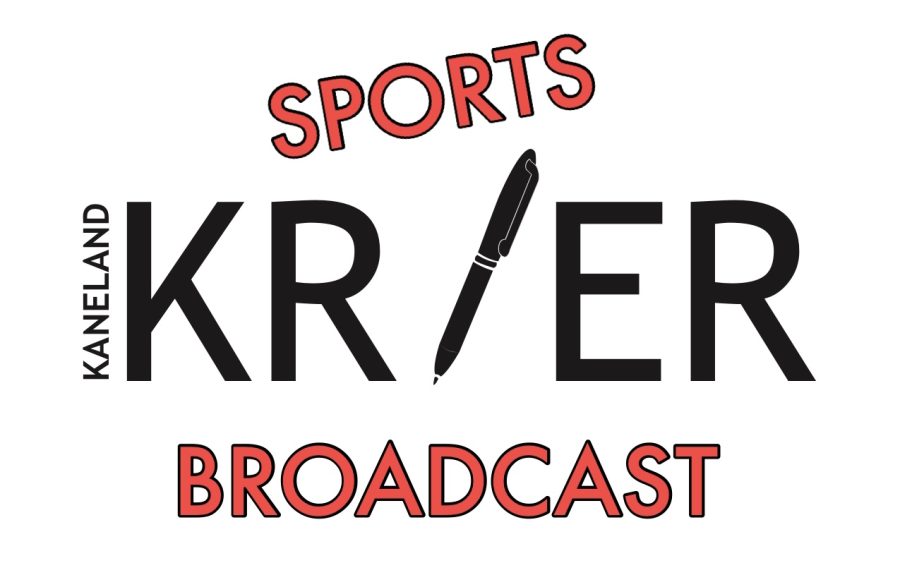By Brandon Bishop, Reporter
Senior Katy Dudzinski signed her commitment letter on Nov. 9 to Wichita State University, where she’ll receive a full-ride scholarship to play volleyball.
“In total [the scholarship], is worth about $21,00 a year for all four years,” Dudzinski said.
It’s been in the works for a long time. Dudzinski was offered the scholarship as a junior and accepted it a month later after a visit to the campus.
“When I first committed, I was really relieved to have it all picked out a year ahead of time. It was nice having it picked out before everybody else,” Dudzinski said.
Dudzinski has achieved every high school athlete’s dream to one day play at the higher level and make an impact like all the college stars on TV. But it’s a dream that’s becoming harder to achieve as college coaches have tighter budgets to follow in a tough economy.
Full-ride scholarships are becoming more rare as coaches are given less money to offer scholarships for athletes.
According to the NCAA, schools are spending more money than needed on non-revenue teams when more money could be put into scholarships.
Scholarship dollars are being split between more athletes, which leads to lower scholarship amounts.
“The economy is bad, so the budgets are limited for coaches and coaches will do what they need to do to fill a roster by splitting the money to get kids on the roster,” counselor Andrew Franklin said.
Due to the budgets that coaches are given for sports, student athletes may not be getting as much money as planned.
Who’s getting the most money? Athletes who are also receiving academic scholarship dollars. One way coaches stretch their budgets for athletes is by trying to help students with good grades receive academic scholarships.
According to the NCAA rules, scholarships are regulated to assure the academic commitment of all student-athletes.
“Coaches at the college level are given a certain amount of money for their athletic scholarship opportunities, so they look at the grades or ACT/SAT scores of candidates and find out other ways to give students more money,” Franklin said.
An example of this is of 2011 Kaneland graduate Andie Strang, who received a scholarship to Saint Joseph’s College in Indiana. She was given $17,000 in academic money and $15,000 to run for the school’s cross-country team.
There are many things that determine how much money an athlete can get in scholarships.
According to Franklin, students trying to get money solely based off of their athletic abilities tend to get less than athletes who perform well in the classroom.
“The athletic ability of the student and the need for a position to be filled determine the amount of money given to a student athlete,” Franklin said.
Coaches can also get extra money from the academic department to help aid with the scholarships.
The number of sports for which a student can receive a scholarship has grown to include a wider variety of athletes. Scholarships are being offered at the NCAA Division I level in sports like rowing, swimming and diving and water polo.
In NCAA Division II, scholarships are now being offered in sports such as bowling, badminton, handball, rifle, skiing and squash. The National Association of Intercollegiate Athletics also offers scholarship money to athletes in many sports, but not as many as the NCAA.
Although students feel like it is harder to receive scholarships, schools are rewarding well-rounded student athletes with money to attend their college.
In order for a student athlete to be eligible for an athletic or academic scholarship, they must meet the required grade point average and standardized test scores. According to the NCAA, the higher a person’s GPA, the lower the test scores can be, or vice versa.
“If you are just athletic and not a strong student, then it will be harder to get money,” Franklin said.
Statistics prove that student athletes tend to out perform fellow student body members, sometimes by several percentage points.
Scholarships may be set out to be something impossible to achieve, but it is possible to receive one, if a student does well in their sport as well as their classroom work.





